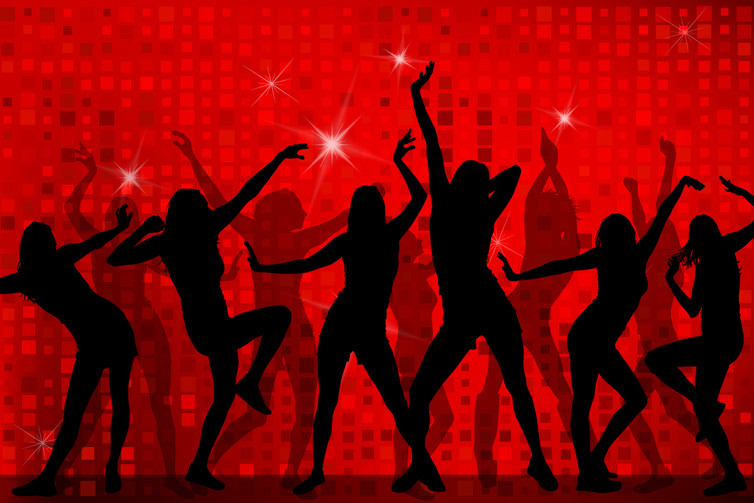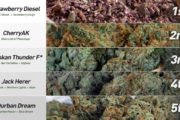from www.shutterstock.com
Rebekah Russell-Bennett, Queensland University of Technology and Ryan McAndrew, Queensland University of Technology
This is the second article in our three-part series on hedonism and health. Today, we look at the complex relationship between hedonism and binge drinking – part cause, part solution.
Hedonism – the pursuit of pleasure, enjoyment, or fun – might sound like a strange way to tackle binge drinking. After all, we usually associate hedonism with triggering binge drinking in the first place.
While hedonism is associated with self-obsession and “doing one’s own thing” without considering the consequences, there’s more to it.
Researchers looking at why people binge drink have found hedonism can be used to reduce drinking rates.
Read more: Beer, bongs and baby boomers: the unlikely tale of drug and alcohol use in the over 50s
How drinking can be pleasurable
Drinking in Australia is a cultural pastime that dates back to the 1700s where it was a way of dealing with the boredom and restrictions of everyday life. We may even owe our Aussie accent to the drunkard slur in the convict voice.
Since then, researchers have looked at what leads people to drink, including hedonistic reasons, like fun and playfulness.

from www.shutterstock.com
There are many reasons why people drink today. But just like the convicts before them, people can drink because they’re bored or don’t have any entertaining alternatives. Hedonic drinking allows people to “let go” and indulge without thinking about the risks or consequences.
Binge drinking with other people increases pleasure so drinking with friends is more pleasurable than drinking alone. Drinking in a group can make people feel euphoric, a very enjoyable feeling.
Read more: Feeling euphoric on a low-carb diet? The effect on your brain is similar to an illicit drug
Drinking also relaxes people, increases momentary feelings of happiness and reduces inhibitions. One of the people interviewed for an international study about binge drinking said:
I think people start drinking on a night out to “lubricate” conversation and to make them feel more relaxed. It takes away nerves of talking to the opposite sex and helps to lose inhibitions about dancing, singing, etc. It also helps people forget about current stresses in their life – none of these seem to matter when you’re drunk. So it serves as escapism from the daily grind.
Binge drinking can also increase the overall social experience by providing stories to tell friends (or to post on social media) afterwards.
While alcohol isn’t seen as a necessary part of a social occasion, it can enhance pleasure through social connectedness and intimacy.
People also drink to get drunk on purpose as a form of “calculated hedonism”. This helps people chill out or de-stress after a difficult week of work or study. And in an example of how people can moderate their hedonism, if people have a commitment the day after a night out, they are less likely to binge drink.
Using hedonism to tackle binge drinking
So, if hedonism motivates binge drinking what else could also provide this hedonistic benefit? What alternatives could we provide to meet the hedonistic needs of social connectedness, relaxation and happiness?
That’s where the field of social marketing comes in. Social marketing uses familiar marketing concepts (traditionally used, for instance, to market consumer goods) to improve social problems.

from www.shutterstock.com
So in the case of binge drinking, social marketers create the motivation, opportunity and the ability to drink moderately or abstain.
There have been several successful examples of campaigns or strategies that have met people’s hedonistic needs, but without drinking.
The SUB21 campaign in the UK designs activities for young people such as nail art, bicycle repairs and BMX bike riding to come together and recreate that “Friday feeling” without drinking. This campaign reduced binge drinking levels, public drinking and alcohol purchases over a 12 month period.
Playing a game online or on your phone stimulates the pleasure centre of the brain and provides hedonistic benefits through the release of the happy hormones (dopamine and serotonin).
Read more: Pleasure centre: how video games affect young brains
So, designing a game that not only provides hedonistic benefits, but also needs low or no alcohol levels to succeed can promote behaviour change.
For instance, social marketers developed a game called Risky Ride for high-school students to demonstrate the effects of drinking on physical ability and control. This reduced their intentions to binge drink.
Then there are campaigns that tap into the fact that alcohol reduces inhibitions and allows people to have fun because they don’t care what people think. Creating a non-judgemental environment can do the same.
For instance, the No Lights No Lycra dance community uses dim lighting and unpretentious venues to allow people to express themselves through dance.
And the Hello Sunday Morning program has online and social media channels to help people share moderate drinking experiences with friends.
So hedonism can not only fuel binge drinking, by providing alternative pathways to pleasure, it can also help tackle the problem. Social marketing can work alongside alcohol regulation, policy and health promotion advertising to look for innovative ways of meeting hedonistic needs with reduced or no alcohol.
Business and social enterprise can also get involved as opportunities will arise for goods and services linked to these innovative ways of having fun without binge drinking.
Read other articles in our hedonism and health series:
What is hedonism and how does it affect your health?
![]() Why we remember our youth as one big hedonistic party
Why we remember our youth as one big hedonistic party
Rebekah Russell-Bennett, Social Marketing Professor, School of Advertising, Marketing and Public Relations, Queensland University of Technology and Ryan McAndrew, Social Marketer & Market Researcher, Queensland University of Technology
This article was originally published on The Conversation. Read the original article.
Warning: file_get_contents(https://plusone.google.com/_/+1/fastbutton?url=https%3A%2F%2Fkigalihealth.com%2Fhedonism-not-leads-binge-drinking-part-solution%2F): failed to open stream: HTTP request failed! HTTP/1.0 404 Not Found in /home/kigal4health/public_html/wp-content/themes/goodnews5/goodnews5/framework/functions/posts_share.php on line 151










